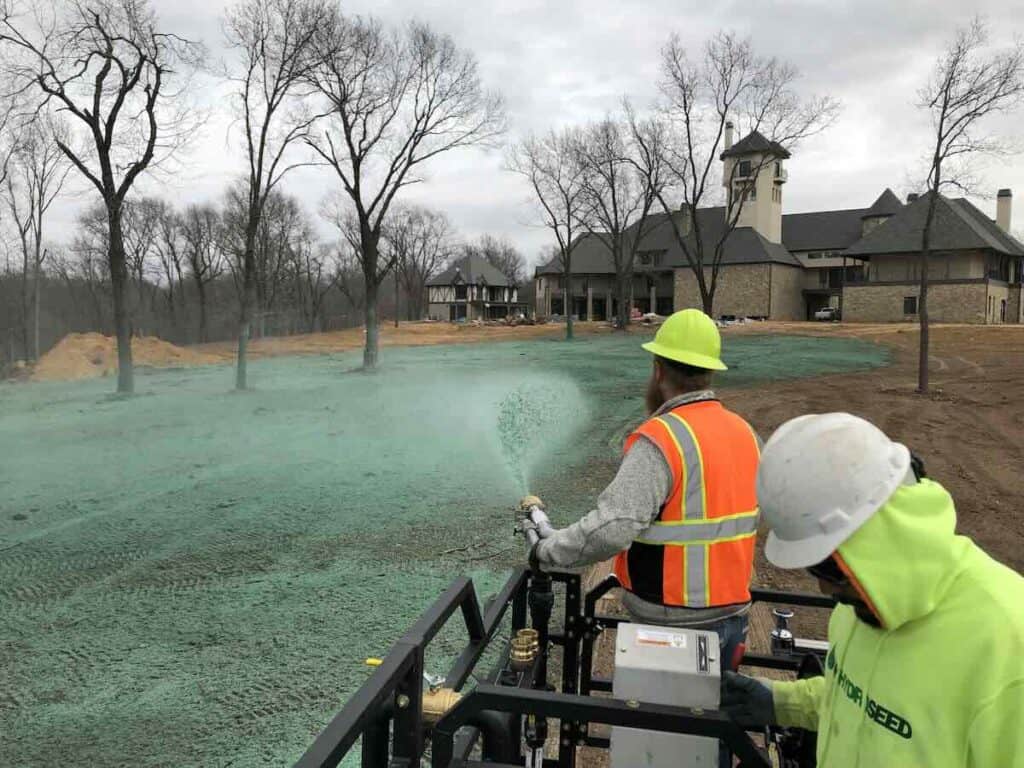
7 Environmental Benefits of Hydroseeding
Hydroseeding is a broadcast planting method primarily used for planting grasses and vegetation, and can be modified to plant larger materials like small shrubs or crops. The hydroseeding process is called ‘hydroseeding’ because it involves mixing seeds in water, along with other ingredients, to create a thick slurry. Other ingredients in the hydroseeding mixture can…
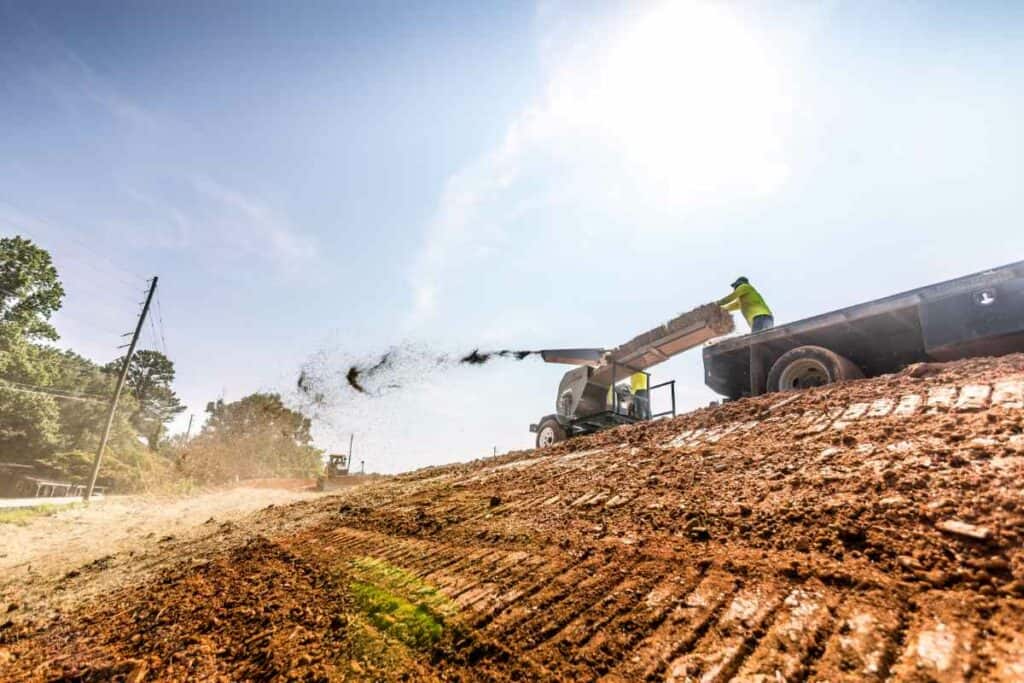
The Role of Straw Blowers In Erosion Control
Cover materials like straw play a pivotal role in helping prevent and control erosion in a variety of landscaping projects. Whether you need to stabilize a slope, reduce or control stormwater runoff, or limit excess water at a site, straw blowing can be used to prevent and control these adverse environmental forces from damaging unprotected…
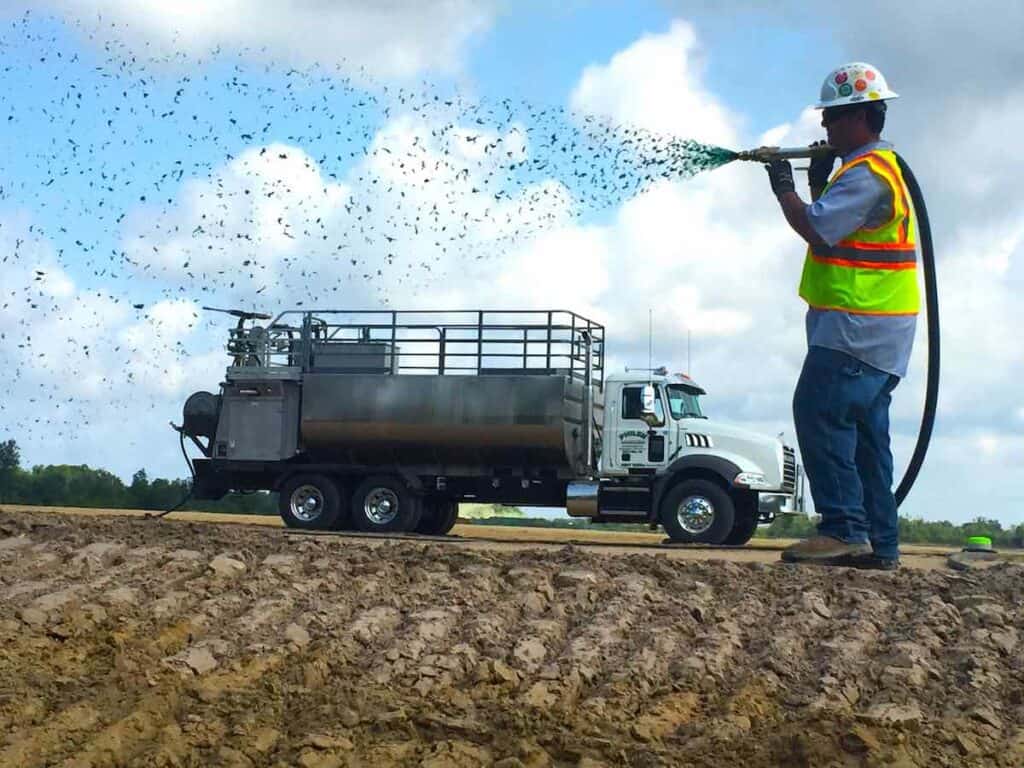
Commercial Hydroseeding Costs
Like all forms of hydroseeding, the cost of commercial hydroseeding is impacted by a variety of factors. However, in 2021, the average range for commercial hydroseeding projects was from $3,000 to $5,000 per acre. Depending on the type of equipment you use, the materials involved for the hydroseeding project, and the particulars of the location,…
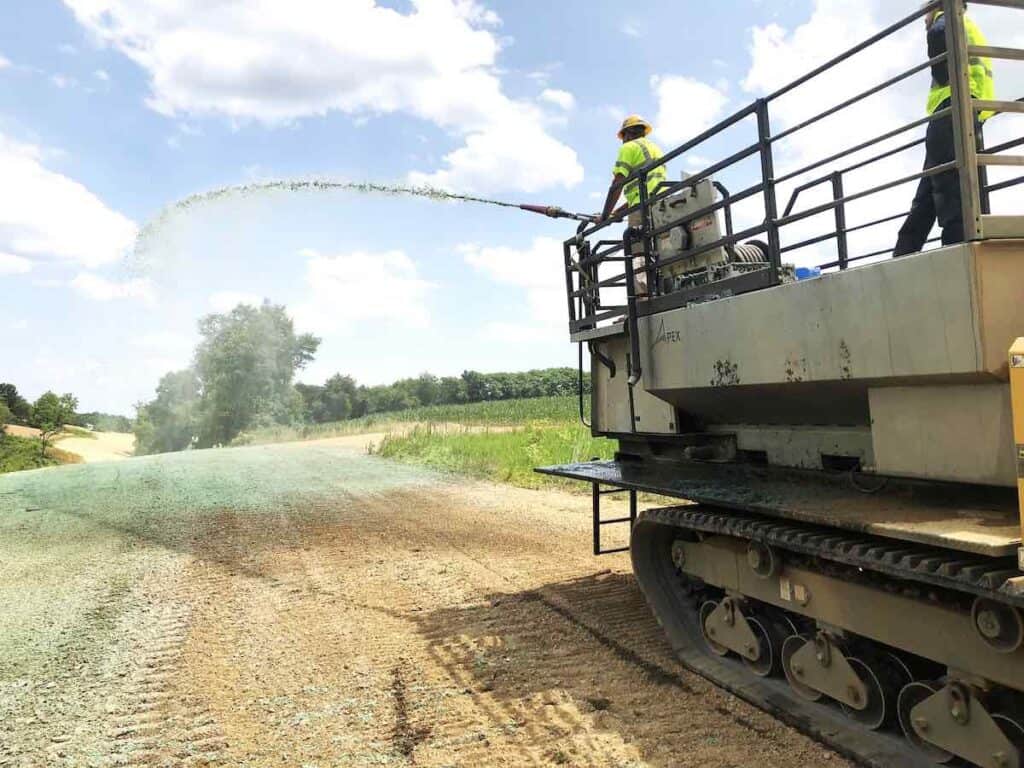
Common Hydroseeding Mistakes to Avoid
Hydroseeding has quickly become a popular method to establish a lush, vibrant lawn or landscape since it offers a cost-effective and efficient way to achieve great-looking grass. However, as with any landscaping project, there are some common mistakes that can lead to hydroseeding failure if not addressed. In this article, we outline the common hydroseeding…
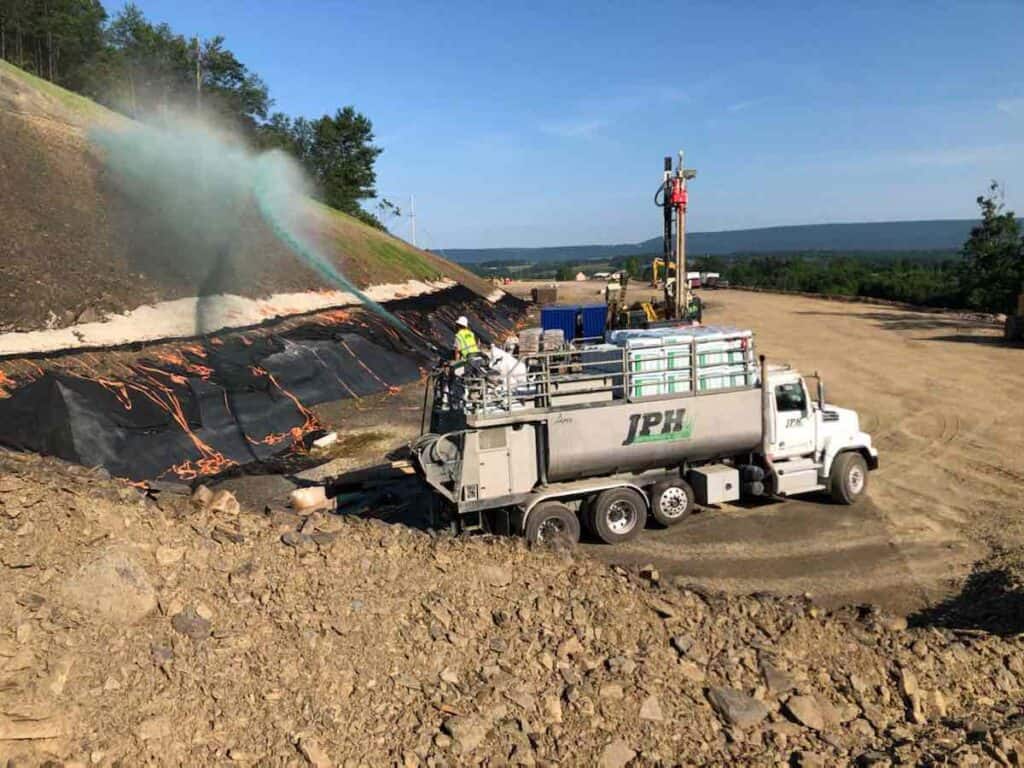
Application Spotlight: Hydroseeding for Commercial Landscaping
Hydroseeding is the process of quickly applying a uniform mixture of fertilizer, mulch, seeds, and water—referred to as slurry—over a large area of ground. This combination of materials helps ensure consistent and uniform grass or plant growth in areas that can otherwise be difficult to reach and seed. The hydroseeding process is also particularly applicable…
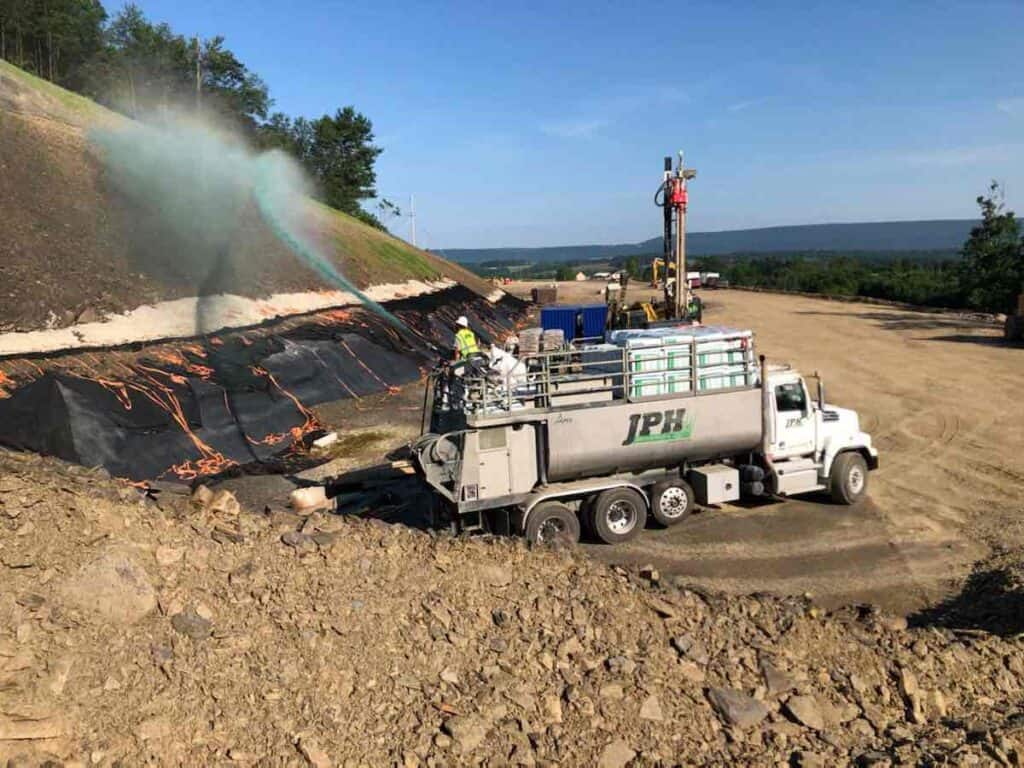
Application Spotlight: Hydroseeding for Mine Reclamation
Mine reclamation is intended to mitigate any environmental damage from mine operations, such as habitat destruction, soil degradation, and water pollution. Reclamation is also used to support the native ecosystem’s regrowth and recovery for a more sustainable, healthy future for the impacted area. The modern mining industry faces many evolving challenges such as the need…
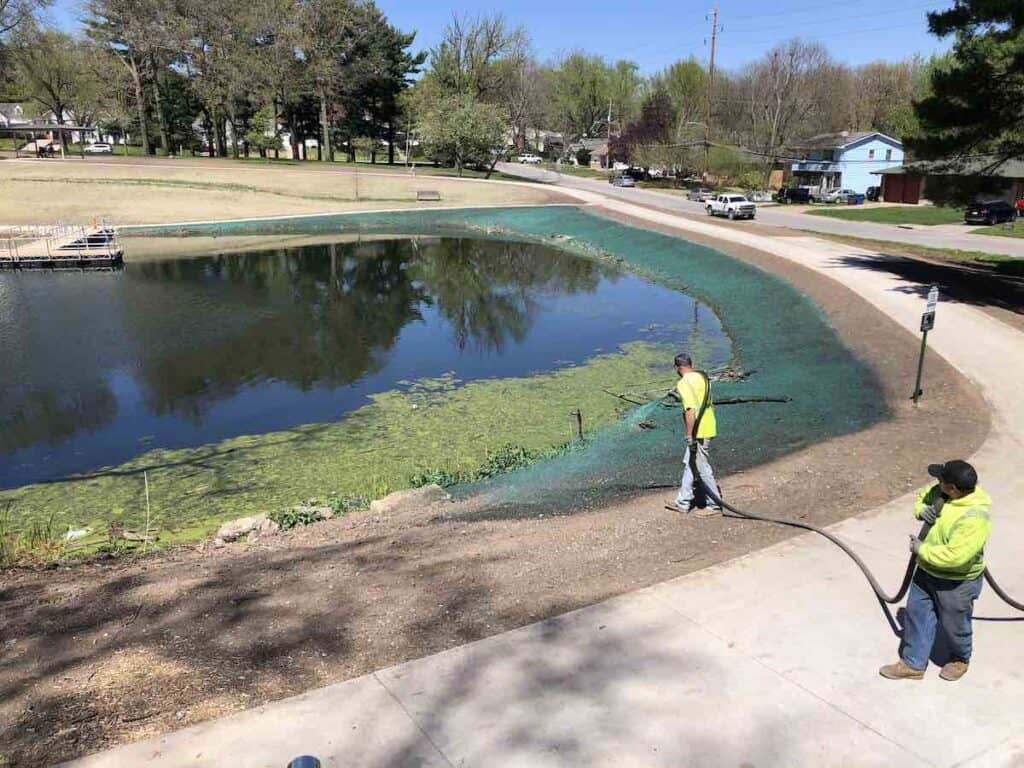
The Best Plants for Erosion Control Hydroseeding
Whether it’s a residential lawn, highway embankment, creekside, or commercial construction project, controlling erosion plays a key role in retaining soil quality and stabilizing an entire area. The process of erosion can remove topsoil from an area, especially areas that are already bare soil or that have been recently disturbed due to environmental or commercial…
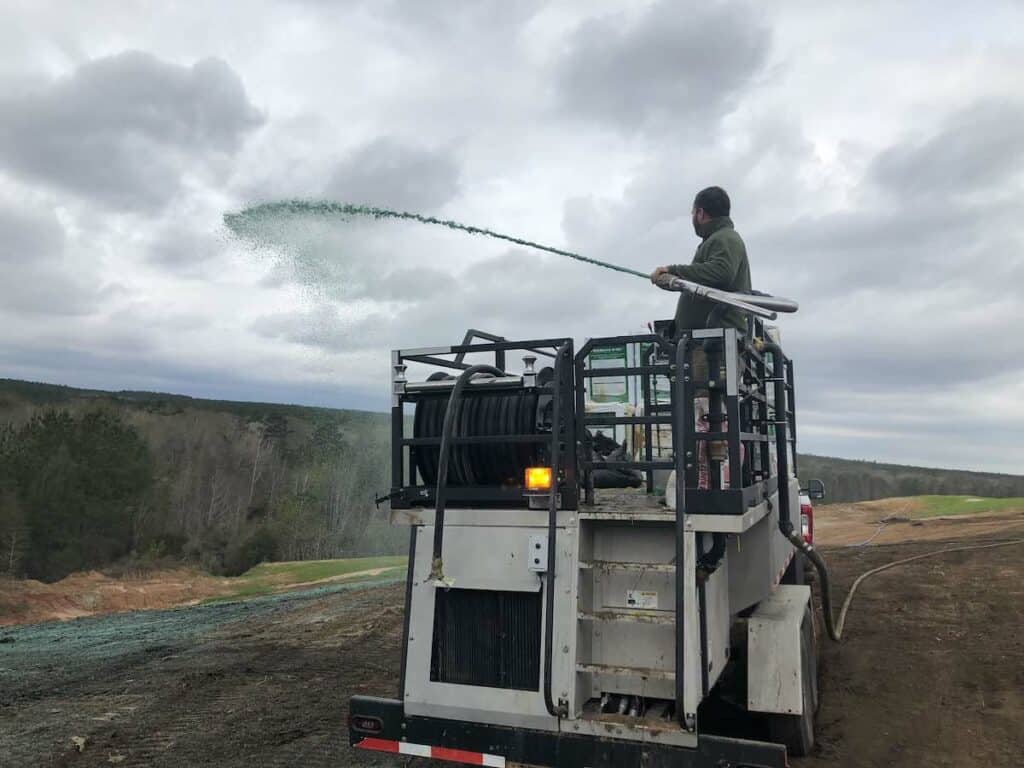
Hydroseeding for Revegetation – A Cost-Effective Solution
Hydroseeding for revegetation is a cost effective, efficient revegetation solution for a variety of projects from roadside revegetation and construction site remediation to wildfire restoration, mining reclamation, and erosion control solutions. With its fast delivery, quick mixing slurry, seed type customizability, and minimal operator crew, the cost of revegetation projects can be significantly reduced using…
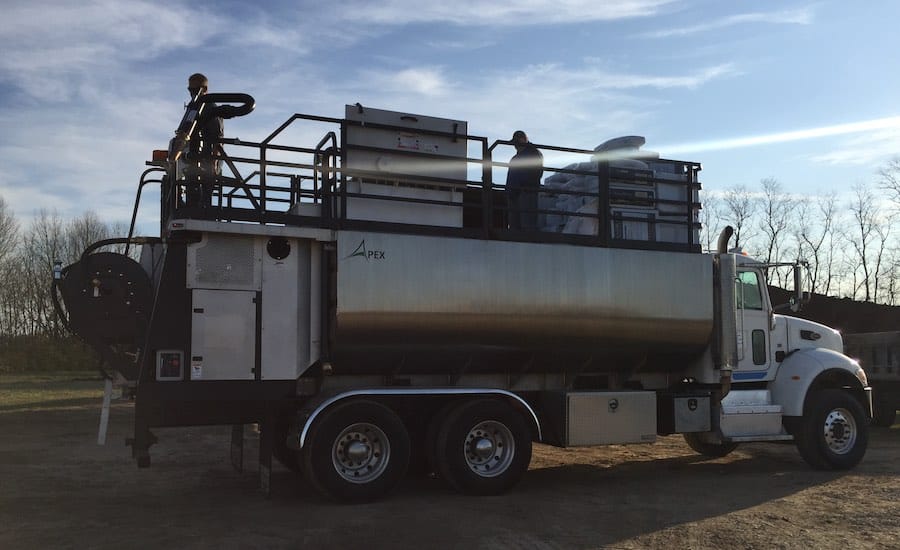
Hydroseeder Trucks, Skids or Trailers – Which is Right for You?
Hydroseeders can improve convenience and efficiency for many commercial landscaping projects. Choosing the right hydroseeder configuration, and the right size hydroseeder, for the job helps ensure returns on a hydroseeding equipment investment. Deciding between hydroseeder models can seem like a daunting task, but once you understand the different types of hydroseeders and what they’re primarily…
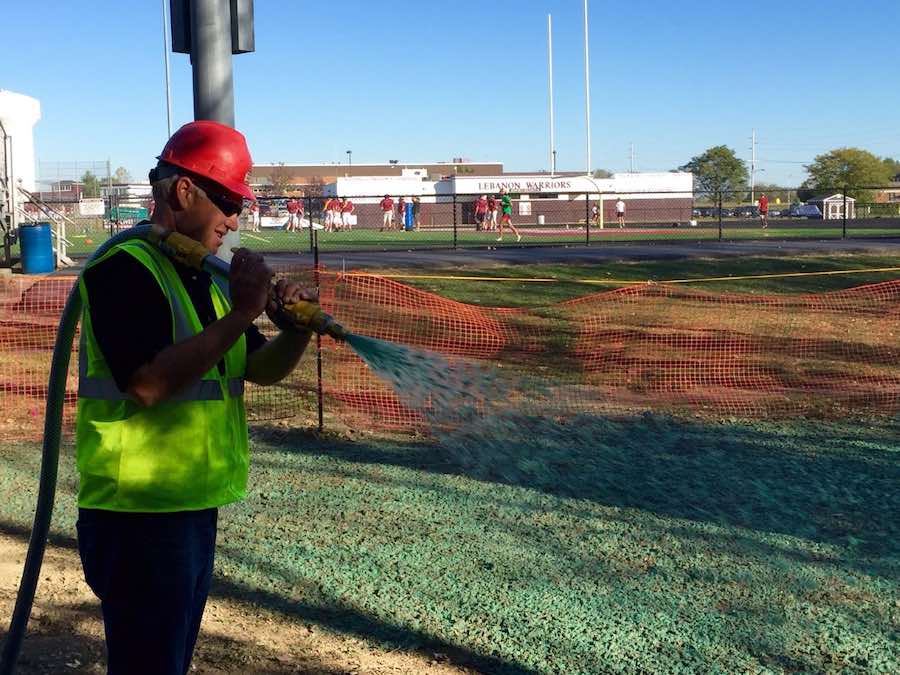
Application Spotlight: Hydroseeding for Athletic Fields
There’s nothing like a lush, green expanse of lawn to set the stage for all kinds of games and sporting events. Hydroseeding sports grass can help you get beautiful quality grass that stands up to the tough conditions of sports fields and athletic grass. Hydroseeding for athletic fields, from soccer fields and baseball diamonds to…
